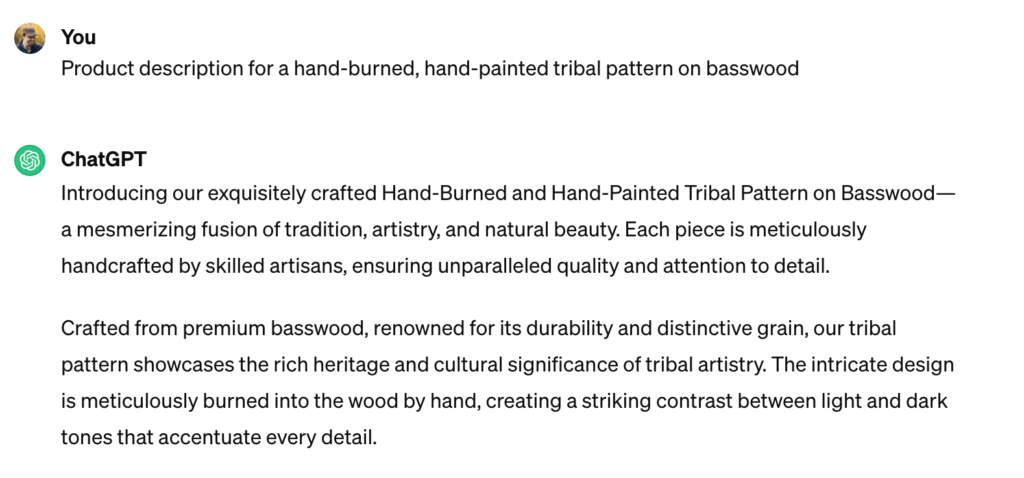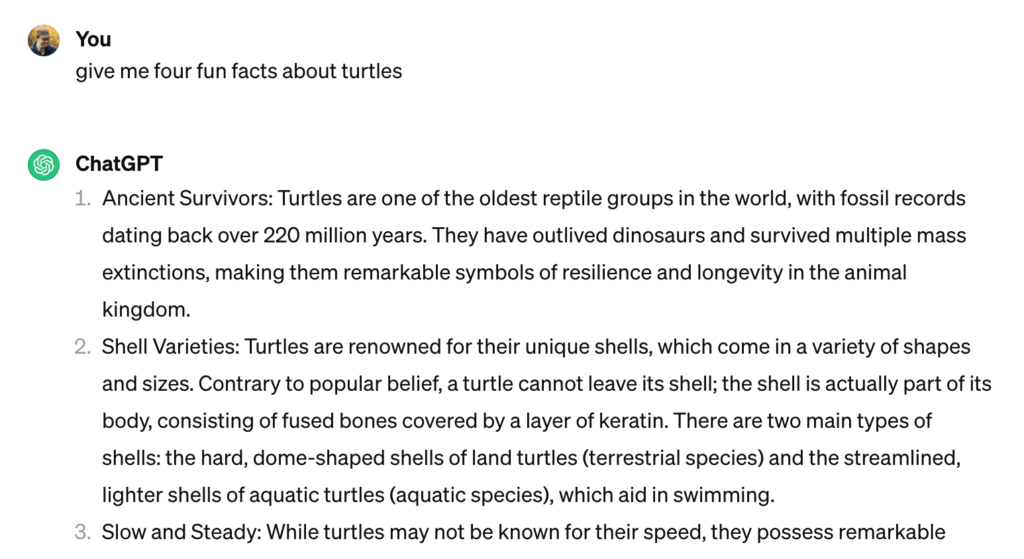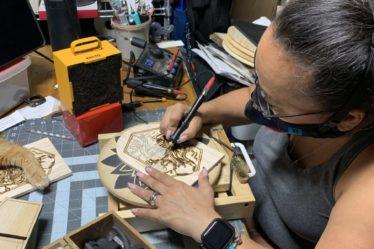
We’ve all seen the headlines, heard the gossip, and seen our fair share of talking heads tell us that Artificial Intelligence (AI) is taking over. As artists, it may seem like it doesn’t affect us but you would be wrong. There are things to consider, things to watch out for, and things you can be using in your everyday workflow now. We will look at two of the frontrunners in the AI race, ChatGPT and DALL-E-2, and how you should be using them.
Before we get into it I want to make a few things very clear:
- There is still a lot of debate around ownership of the images and writing that “trains” AI. Simply put: AI learns information it gathers from a variety of commercial and privately available sources. Anything that you get out of AI today has been learned from creators who have come before it. There is still a lot of discussion about how those creators should be credited for their work. Keep that in mind.
- AI can lead you astray. Use it with the understanding that it is a guideline, should not be used hastily, and that it is not irrefutable.
- AI is still fairly unregulated. Over the next couple of years, there will be lots of discussions in government and in the courts about AI. If you are going to be using it you should also be paying attention to these broader discussions.
This all may sound scary but, if you are using AI the way it was intended you should be ok. There are plenty of ways to use AI to aid your business without infringing on the ownership rights of creators.
ChatGPT
If you have been following any news cycles you have surely heard of ChatGPT. ChatGPT is an artificial intelligence tool that works like a chatbot. You ask it a question and based on a wealth of training data give you the best possible answer it can. You can sign up for ChatGPT for free

The idea is that it is supposed to work like a conversation where you ask ChatGPT a question. This question is called a prompt. Writing prompts has become a highly sought-after skill with companies hiring people to craft prompts that get the best answers. In our business one of the most useful things we have found ChatGPT to be used for was to help us write product descriptions:

Notice that in the prompt I was as specific as possible. This will give the AI keywords to work with in writing my description. You will also notice that it does a fairly good job of understanding natural language. For those of us used to using Google we may have gotten used to leaving out extraneous words for the sake of getting better search results. With AI this isn’t really necessary. It uses natural language processing to break down the sentence structure.
Make sure that, after you write the prompt, you read carefully the response it gives you. It may be tempting to copy and paste it without reading it first but, remember, this is the brand you are representing. You want to make sure it is accurately representing your work. Often times ChatGPT will add in some details that are completely unrelated or flat-out wrong. It is important to be diligent with this as you can easily post misinformation about your brand.
Another great use of AI. Helping with social media posts. We often like to include little factoids in our social media posts to help engage our audience. Ask ChatGPT for help:

Your mileage may vary with this one. Some of the information it gives you may not be engaging enough or, frankly, boring. If you can’t seem to get the right prompts to get something you think is going to resonate with your customers it may be better to just follow the tried and true approaches we have been using for years. At the very least, though, it can give you a jumping-off point to work with.
Play around with it and see what works for you. Next time we’ll talk about using AI for image generation and how that can benefit your business. How are you using AI? Tag us @bz_furfur and, as always, stay unique.



